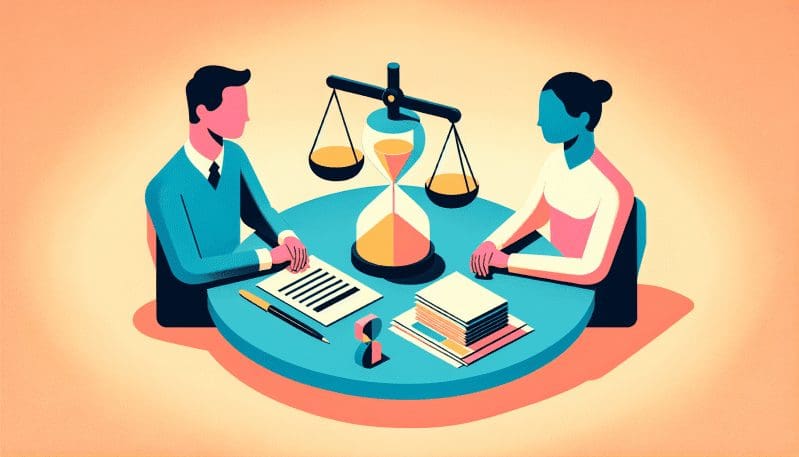In a world where public discourse and policy implementation are paramount to societal advancement, the art of negotiation within the governmental realm takes on a profound significance. Negotiation is not merely a tool in the toolbox of public officials; it is the bedrock upon which the edifice of public sector efficiency is built. To navigate the complexities inherent to government operations, negotiation emerges as a fundamental strategy, one that demands both nuanced understanding and practiced dexterity.
As we delve into the intricate dance of negotiation within the public sector, it’s imperative to acknowledge the stark contrasts that set it apart from the private sector. Public negotiations are often undertaken in the glaring spotlight of public scrutiny, where transparency is not an option but a mandate. The need for accountability and ethics magnifies each move, setting a stage where the stakes extend beyond profit margins into the realm of public trust and societal welfare.
The bureaucratic web that characterizes governmental structures adds a layer of complexity to the negotiation process. Political influences, regulatory constraints, and the imperative for consensus-building among diverse stakeholders can convert what might be a straightforward negotiation in the private sector into a multifaceted strategic endeavor in the public sphere.
Despite these challenges, successful negotiations in the government sector are not only possible but frequently realized. Take for instance the intricate negotiations that precede the passage of critical legislation, or the international agreements that navigate the delicate balance of global politics while striving for peace and cooperation. These examples act as testaments to the efficacy of well-honed negotiation strategies within government settings.
Conversely, failed negotiations offer a reservoir of invaluable lessons. They uncover the pitfalls of inadequate preparation, the perils of inflexible position-taking, and the detrimental effects of allowing partisan agendas to overshadow the collective good. Analyzing these instances provides government officials with a blueprint of what to avoid, and underscores the importance of adaptability, the appreciation for the interests of the opposition, and the pursuit of win-win outcomes.
As we aim to recalibrate and elevate the negotiation competencies of governmental workers, a focus on continued training and development is imperative. Scenario-based training, negotiation simulations, and in-depth case studies can equip public officials with the strategic acumen required to navigate the complex negotiation landscapes they face. Strengthening these skills is not just beneficial—it’s critical to fostering a collaborative and effective government work environment.
In conclusion, the negotiation table is where the future of public policy is shaped, where the interests of the many are weighed against each other, and where the values of democracy are put into action. The government official who masters the art of negotiation does not just advance their own position but elevates the entire fabric of public service. As such, it is incumbent upon the public sector to continuously refine its negotiation practices, ensuring that the decisions made today will stand the test of time and benefit the society of tomorrow.

























